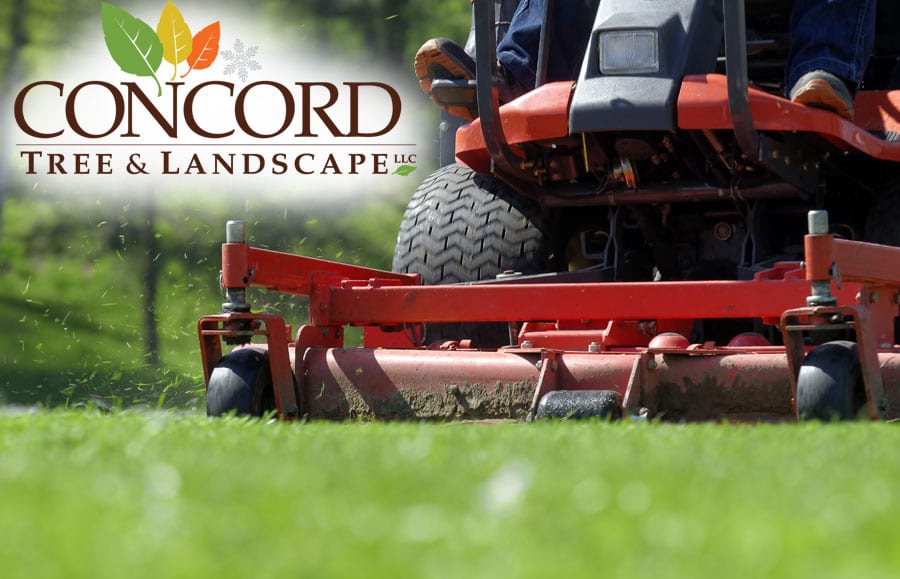Lawn Care Information: pH Level Balancing and Liming
Common Types Lawn Diseases: How to Treat Them
May 12, 2018
Soil Maintenance Tips for Beautiful Landscaping
May 25, 2018Lawn Care Information: pH Level Balancing and Liming
If you have been tending your lawn for a while, you probably might have heard about pH level balancing and liming. To have a beautiful lawn, you need to test your soil’s pH level timely and adjust it accordingly. Liming, on the other hand, can be beneficial for your acidic lawn. If you live in a rainy area where acid-loving plants like camellias and rhododendrons grow, your soil is probably acidic and needs liming.
This article will show you the method of pH level balancing and tips to lime your lawn.
Why your soil pH level matters?
Generally, depending upon what type of turf you have, your soil’s pH level should be around 6.0 to 6.5 to 7.0, for your lawn. A pH level below 6 can be considered acidic. If it’s above 7, it can be considered alkaline. Levels between 6 and 7 are considered neutral. An acidic lawn can be adjusted with lime. Application of lime can also help keep thatch from building up.
Method to test soil pH level with a commercial test probe
- Using a spade, dig up a hole in the soil measuring 2 to 4 inches deep. Break up the soil within the hole. Get rid of any twigs or foreign debris.
- Using distilled water, fill the hole until there is a muddy pool in the bottom.
- Make sure the tester is calibrated and clean before inserting it into the mud.
- Hold it there for 60 seconds before taking the reading.
- Usually pH is measured on a scale of 1-14.
- Take a number of measurements in different spots in the garden. If one spot turns out to be very different than the rest, you may need to spot treat it.
Tips for lime your lawn -What is the best time to lime a lawn?
Since spring is a good time for a soil test, you can apply lime between fall and early spring. Avoid spreading lime on a dry, wilted lawn or a damp, wet lawn. Avoid liming during frosty weather. In case you haven’t planted grass seed yet, lime your soil just before you plant.
Liming Tips
- Determine the best lime for your soil, grass, and climate with the help of your local garden center.
- Pellet forms are easier to apply than powered lime.
- Use a drop-style or rotary spreader depending on the type of your lime.
- For full coverage, spray one-half of the lime in one direction and the other half in a crisscross pattern.
Hopefully, the information can help you maintain a beautiful garden.




